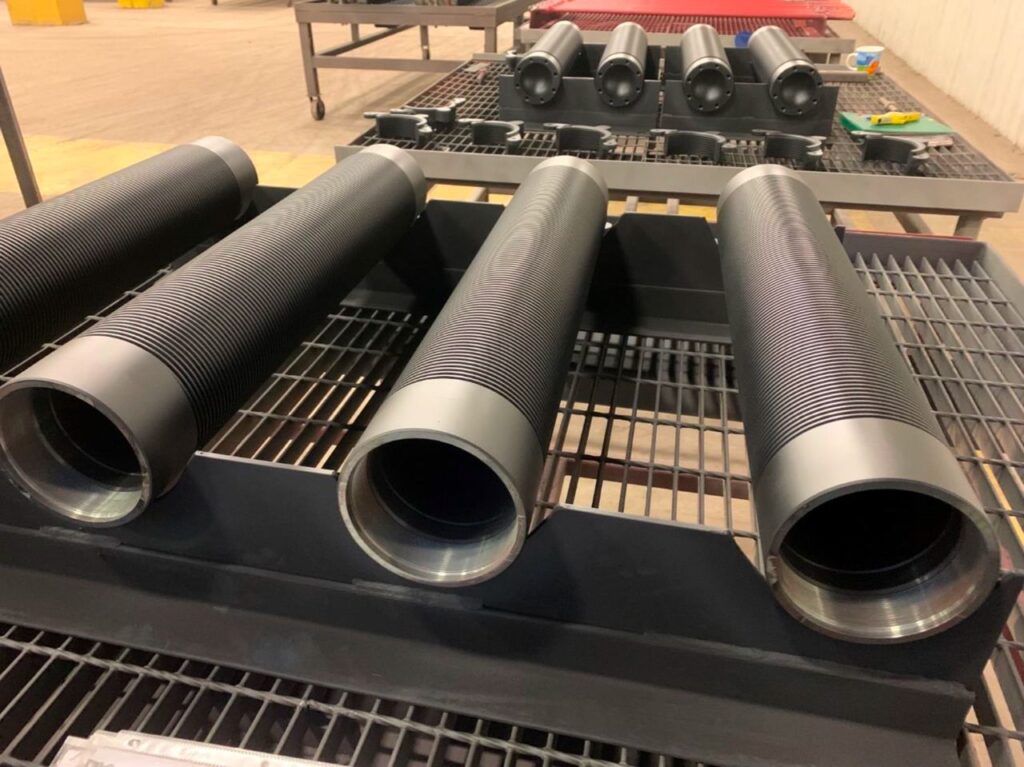Solid film lubricants were created to protect materials used in extreme industrial conditions.
Such typical extreme conditions may include high and low speeds of certain machine parts, high or low temperatures or pressures, atmospheric or process contaminants, and inaccessibility of certain machine surfaces that are in contact and subject to surface friction.
While many companies have turned to mineral oil-based lubricants such as oils and greases because of their affordability and ease of use, they have their limitations.
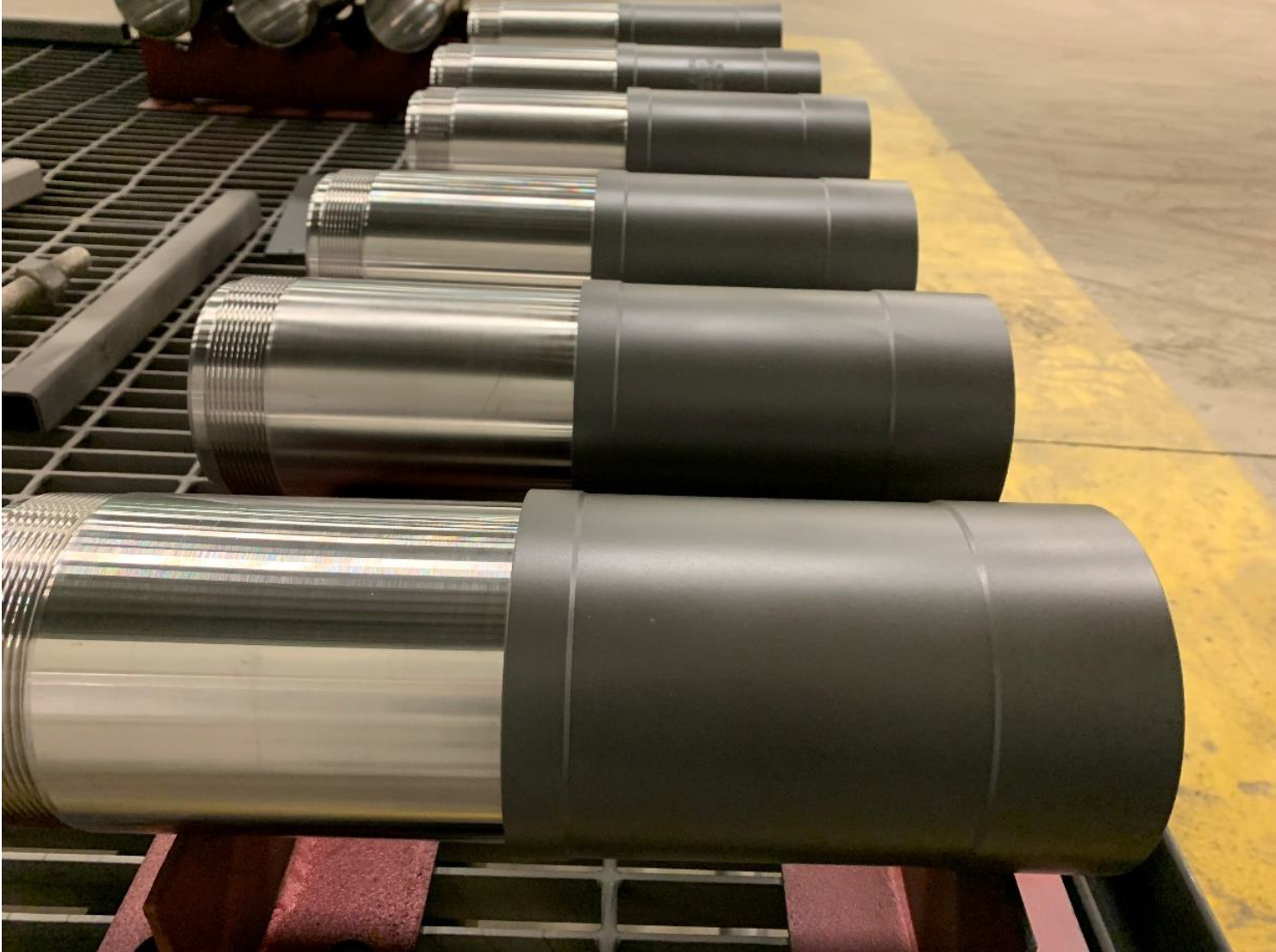
Fortunately, solid film lubricants have amazing properties even under extreme conditions.
They can be applied to the surface in the form of an additive to a liquid lubricant or in pure form. Once cured, they create a solid film which repels water, reduces friction and reduces wear and tear of the substrate it was applied to.
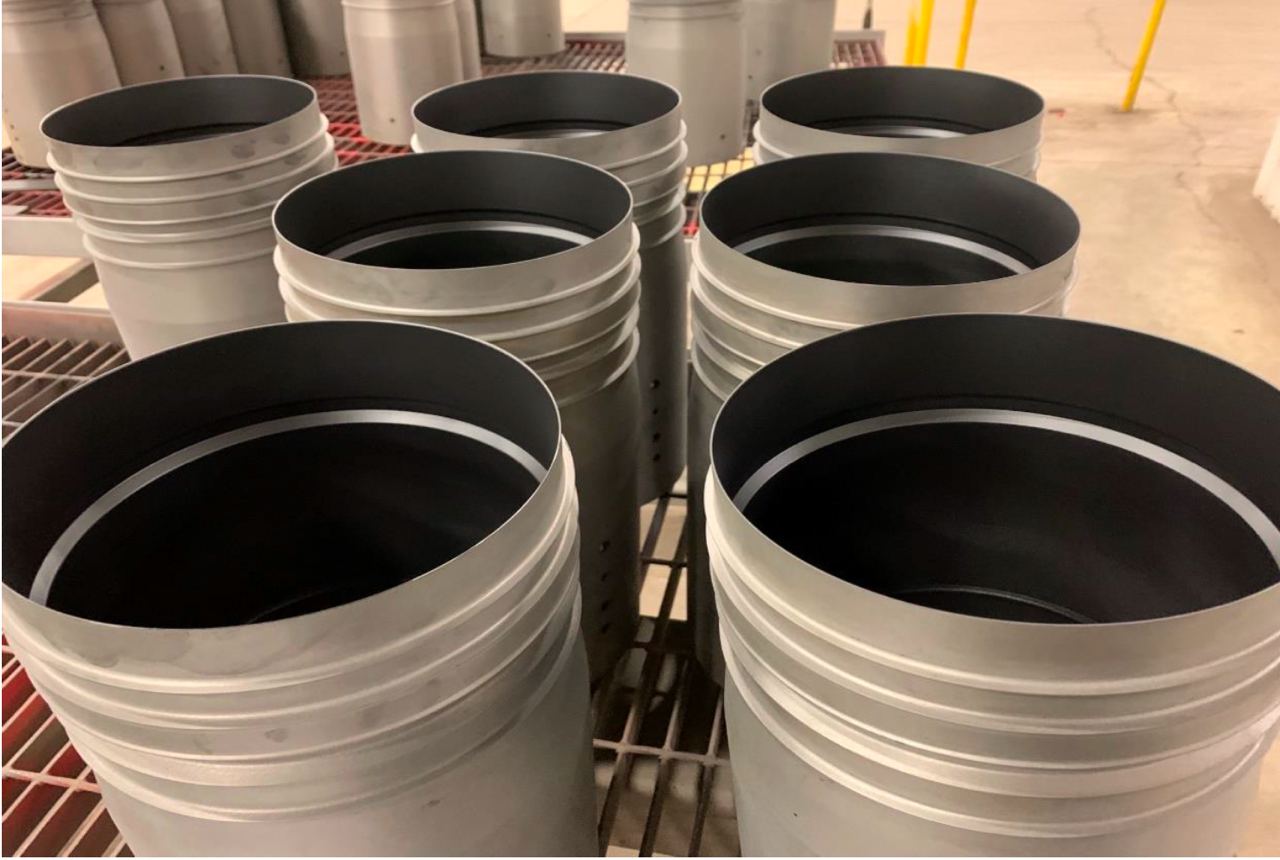
This blog post will explain the most common types of solid film lubricants, their benefits and their most common usages. We explain the process behind how we apply solid film lubricants and what to consider when choosing one of these materials.
If you have questions about solid film lubricants or how they might be right for your next project, contact one of our IPC Engineers today or call +1 800-856-4959.
What Are Solid Film Lubricants (SFL)?
Many different solid film lubricants have been developed to protect interacting surfaces. The more common types of materials include Molybdenum Disulphide (Moly), Polytetrafluoroethylene (PTFE) and Graphite.
1) Molybdenum Disulphide (MoS2) – Also Known As Moly
Molybdenum disulphide (or Moly) is an inorganic compound composed of molybdenum and sulfur.
Advantages of Molybdenum Disulphide:
-Excellent adhesion
-Wide service-temperature range
-Protection against fretting corrosion
-Decreased friction with increasing loads
-Stick-slip prevention
-High load-carrying capacity
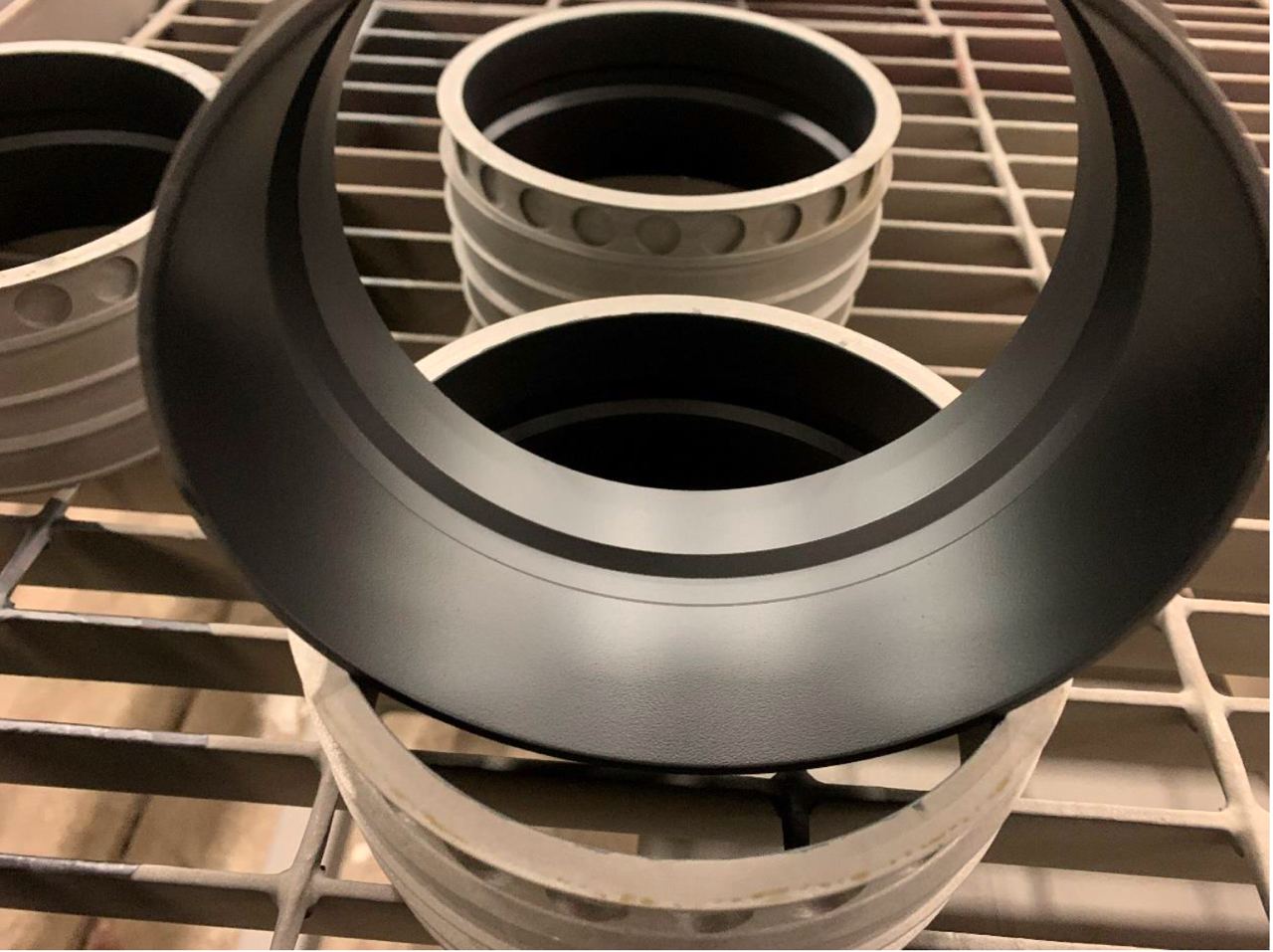
Limitations Of Molybdenum Disulfide:
Because Molybdenum Disulfide is hydroscopic in nature, it cannot be used in wet conditions as it increases friction. As well, when it oxidates it can cause corrosion and ultimately lower the maximum temperature the materials can withstand.
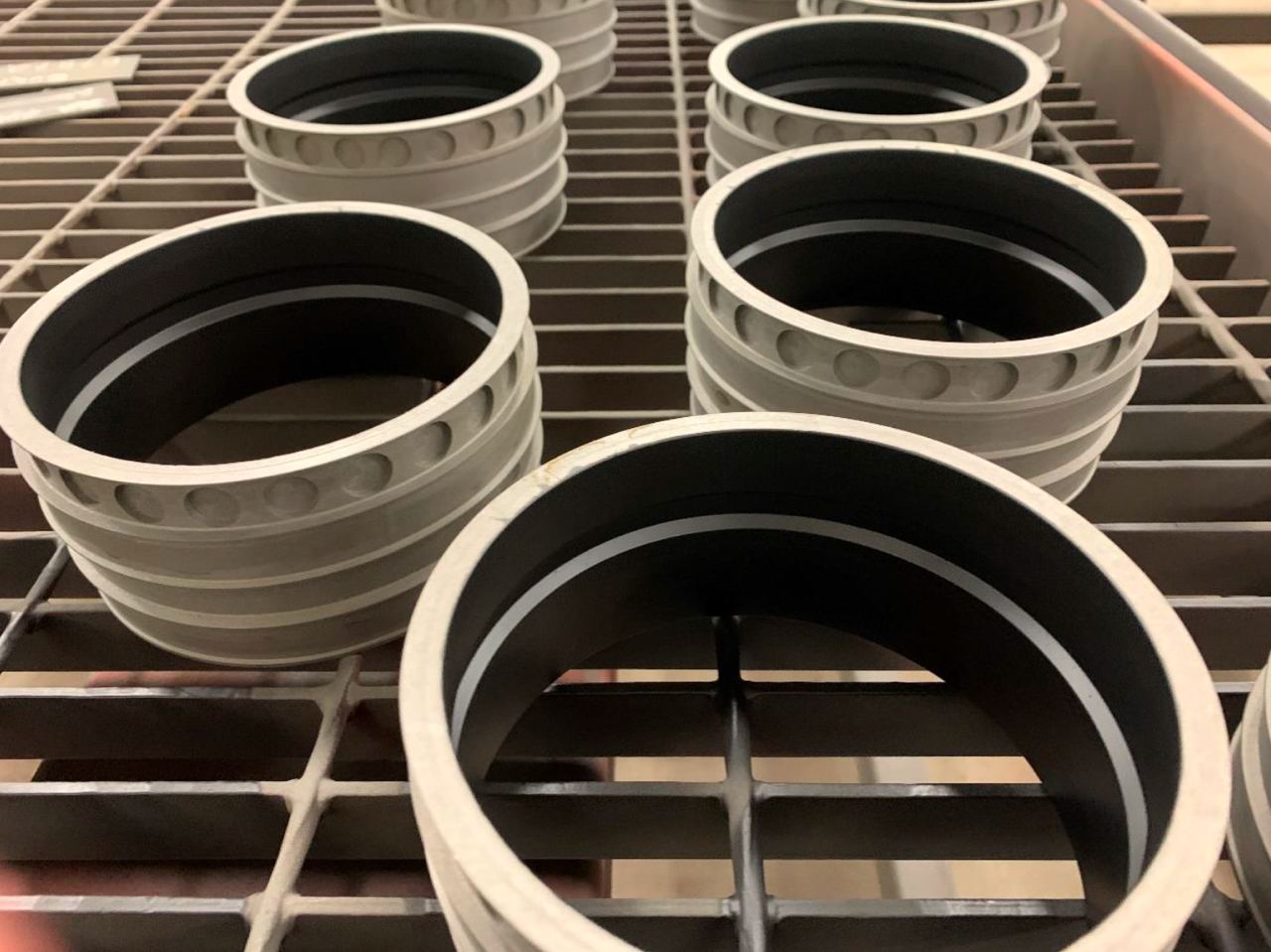
2) Polytetrafluoroethylene (PTFE) – Also Known As Teflon
Polytetrafluoroethylene (PTFE) is a synthetic fluoropolymer of tetrafluoroethylene that has numerous applications.
Advantages of PTFE Solids:
-Good sliding-friction reduction
-Good chemical resistance
-Low load-carrying capacity
-Low coefficient of friction at low loads
-Colourless film lubricity
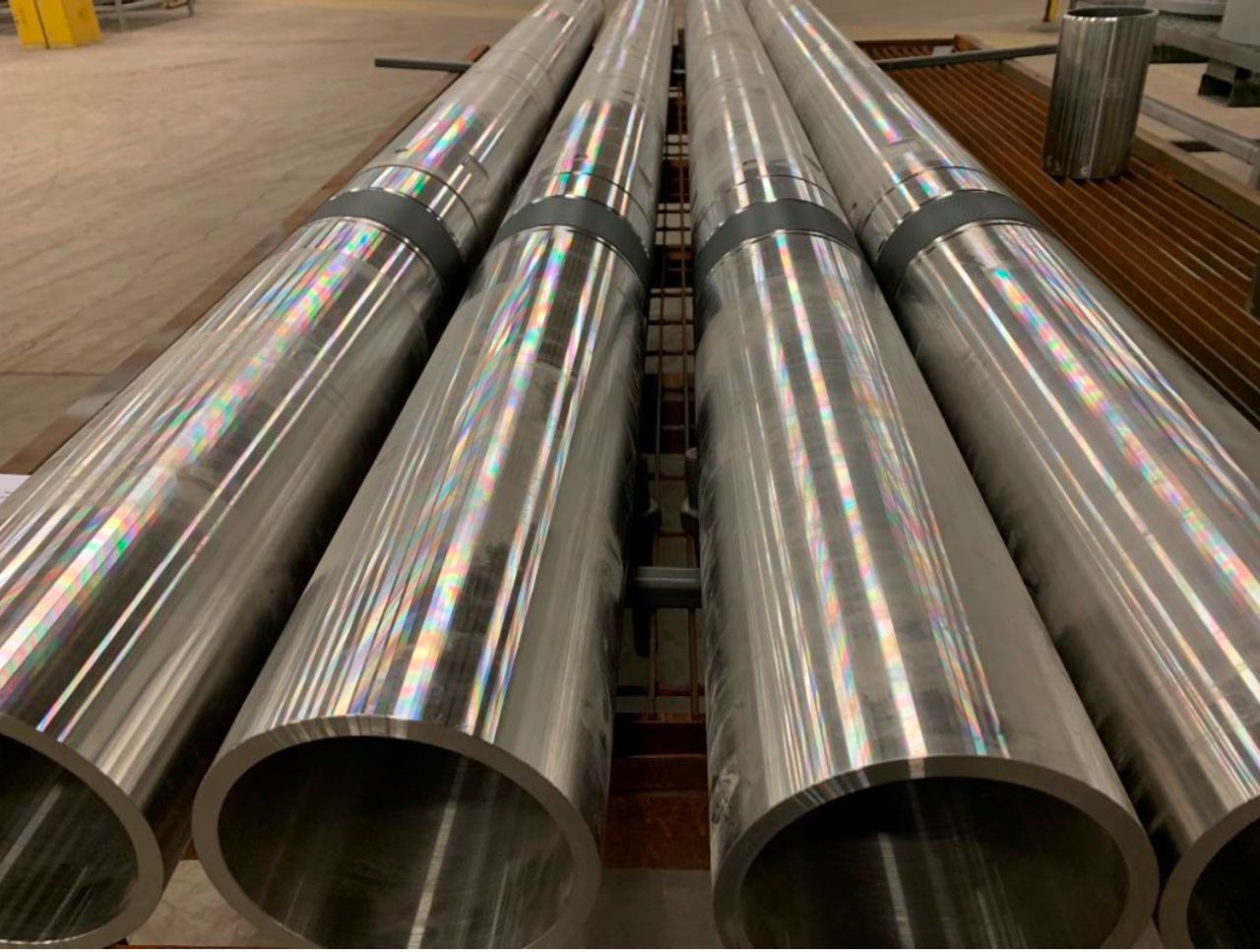
Limitations Of PTFE:
-Low melting point
-Low thermal conductivity
-Load-carrying properties are poor
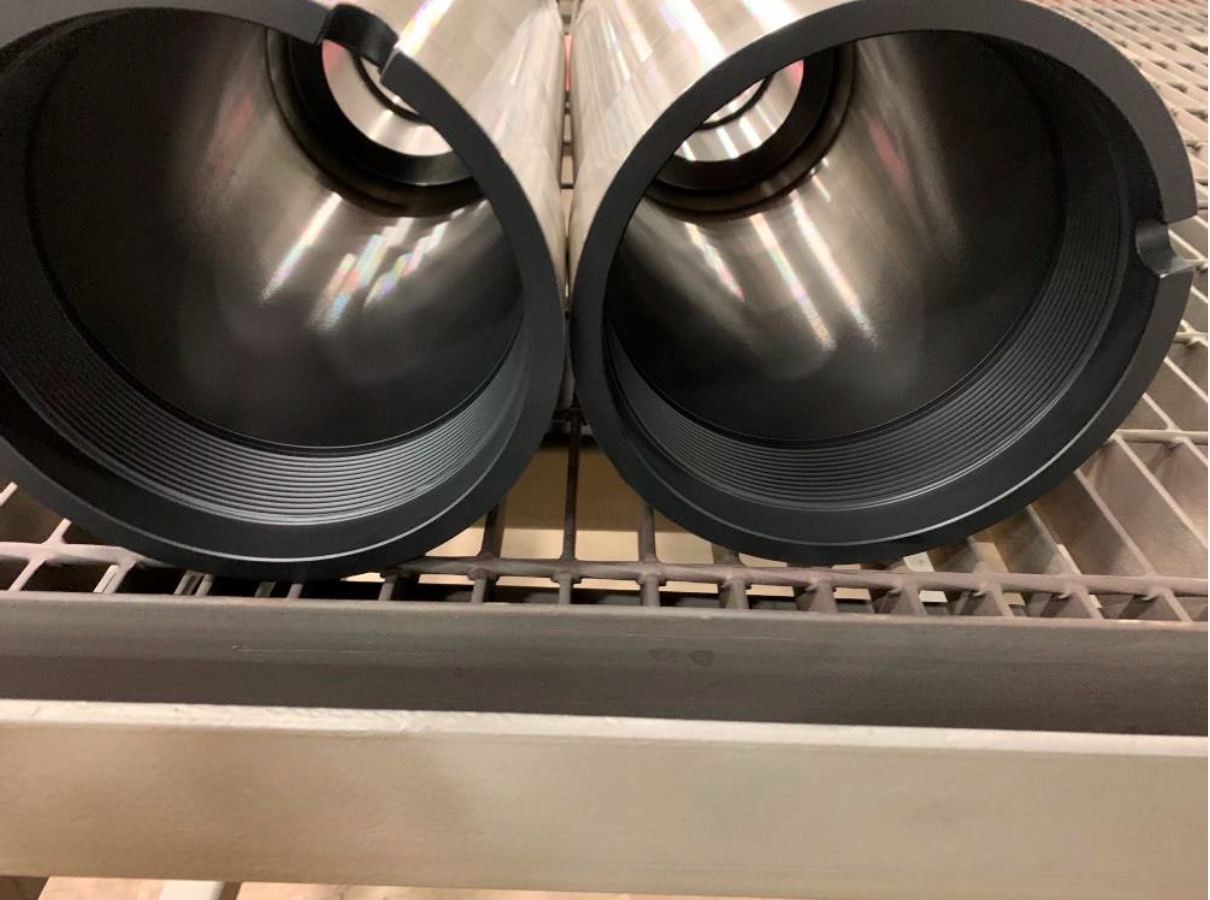
3) Graphite
Graphite is a soft, crystalline form of carbon that exhibits the properties of a metal and a nonmetal, which makes it fantastic for various industrial usages.
Advantages of Graphite Solids:
-Excellent lubrication in high humidity
-Protection against fretting corrosion
-High-temperature stability
-Low coefficient of friction under high load/high temperature
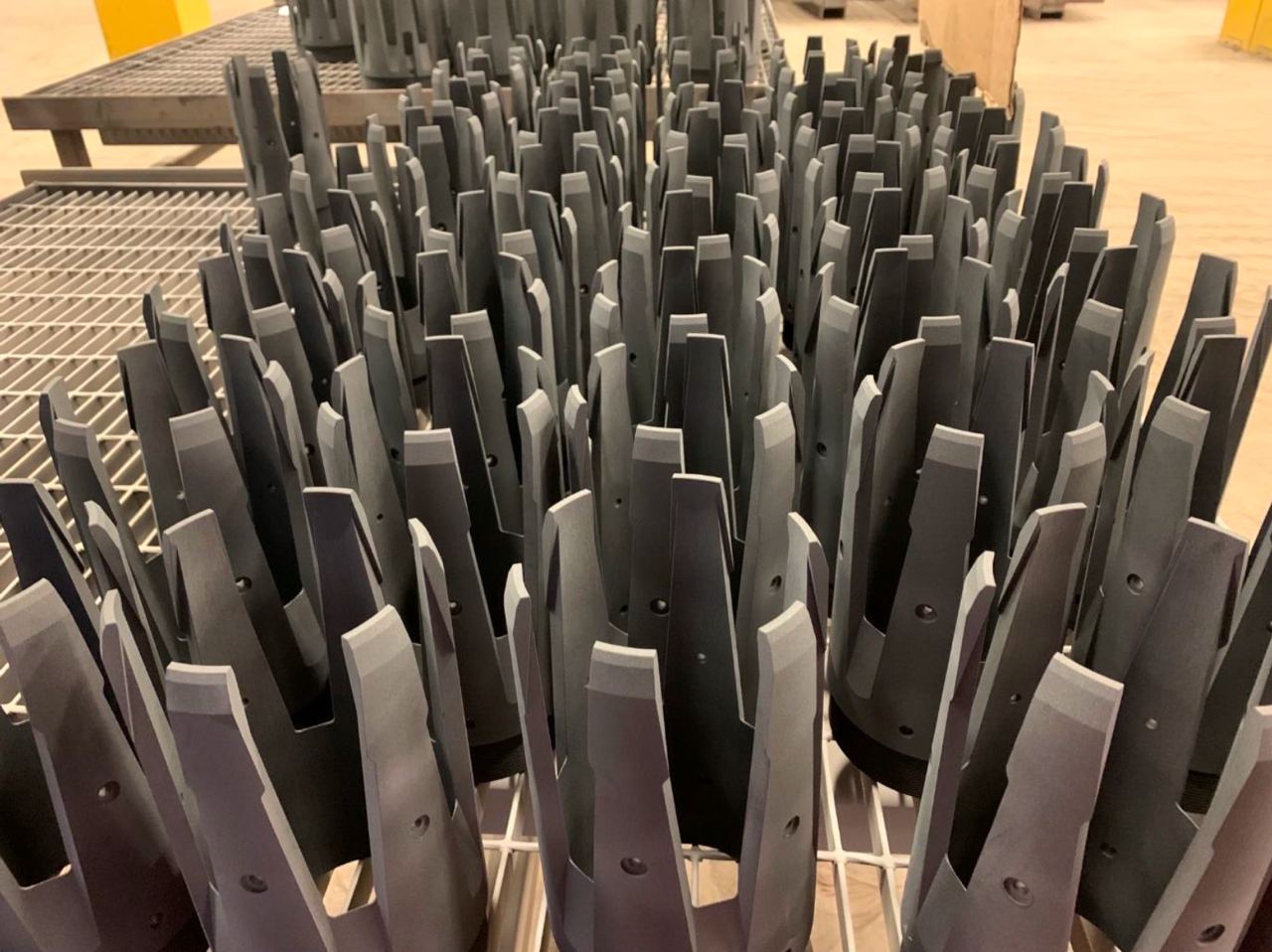
Limitations of Graphite Solids:
This type of solid film lubricant can’t be used in a hard vacuum and does provide lubricity in the absence of moisture. As well, the oxidation product of graphite is Carbon Dioxide which is a health hazard.
The Differences Between Moly, PTFE and Graphite
Moly, PTFE and Graphite mentioned above are the most common solid film lubricants and are often used to lubricate machinery.
They are complex coatings consisting of lubricating pigments in a continuous resin matrix that binds lubricating powders such as the Moly, PTFE and Graphite. They provide low frictional resistance between surfaces when applied directly to mating surfaces.
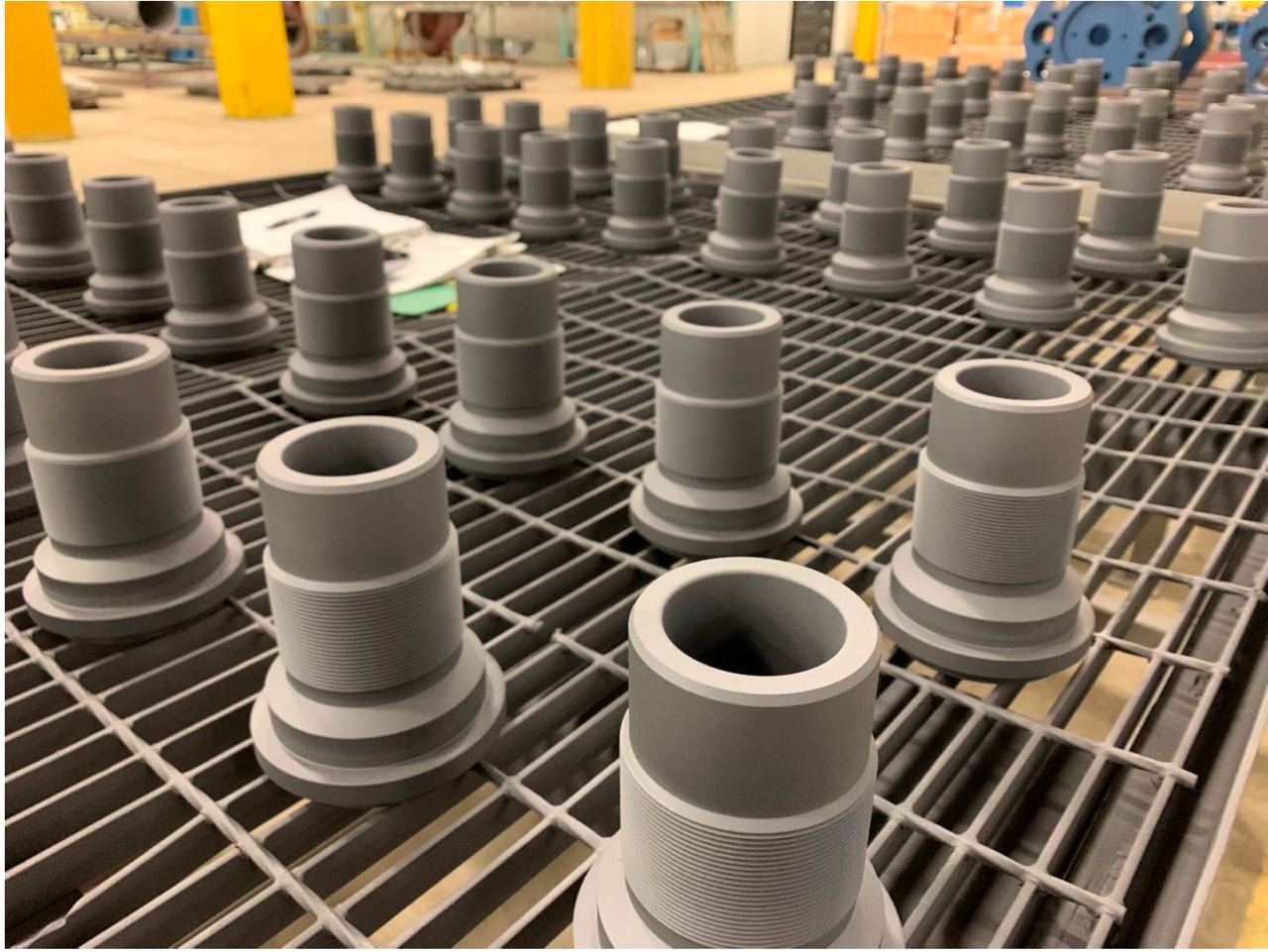
Each powdered lubricant has different physical, chemical and mechanical properties depending on its structure and chemical composition. These properties also vary depending on load capacity, coefficient of friction, temperature and resistance to chemicals, corrosion, and abrasion.
For example, Moly has the highest load capacity with a low coefficient of friction, but it starts to oxidize at 400 degrees C. It can be used in harsh environments but is not recommended for high-temperature use.
Conversely, PTFE is commonly used as an anti-wear additive and performs well in the presence of acids, bases and solvents. It can be used in applications where acid resistance is required and cannot be used at very high temperatures and heavy loads.
Moly, PTFE and Graphite are mostly applied where grease and oil cannot be used due to high temperature, extreme load, rapid wear, grease migration or heavy contamination.
How Do I Choose a Solid Film Lubricant?
When deciding between Moly, PTFE or Graphite for your materials, there are several things to consider. You need to evaluate the coefficient of friction, load–carrying capacity, electrical conductivity and corrosion resistivity.
You also need to consider the environment where the solid lubricant film will be functioning and the factors associated with it such as temperature, pressure, humidity, oxygen content, radiation, etc.
How Do Solid Film Lubricants Produce Low Friction?
Most solid film lubricants have a unique molecular structure that forms stacks of thin layers, also referred to as a lamellar structure. It is these thin layers that are held together by weak bonds that break easily. This allows the layers to slide over each other – like a deck of new cards with very little resistance or low friction.
Benefits of Solid Film Lubricants
-Corrosion Resistance
-Low Friction
-Prevent Galling and Fretting
-High-Temperature Wear Resistance
-Abrasion Resistance
-Noise Reduction
-Chemical Resistance
How Do You Apply Solid Film Lubricants?
Solid film lubricants are either applied via spray and oven-cured, air-dry sprayed or by brush.
First, we prepare the surface which ensures all the parts bring coated are clean and free of all oils, grease, moisture, dust, scale or corrosion. Our cleaning methods include vapour degreasing and sandblasting.
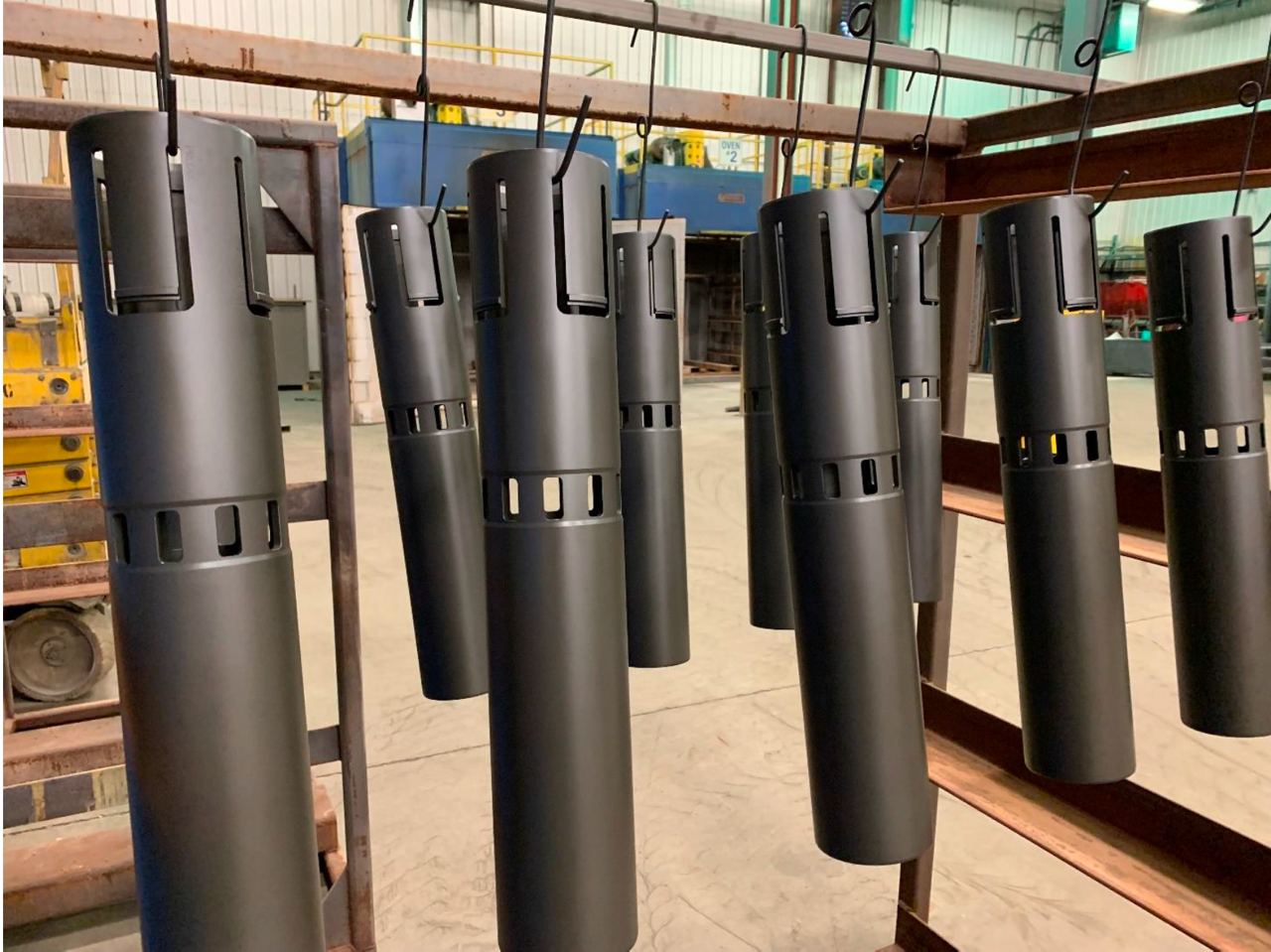
Then we spray the coating on the material using spray guns.
Finally, we cure the coating in the oven at a temperature between 300 and 500 degrees Fahrenheit for 1 – 2 hours.
Where Are Solid Film Lubricants Used?
Solid film lubricants can be applied to components of all shapes and sizes.
Most Common Applications:
-Actuators
-Ball Screws
-Bearings
-Bushings
-Chains
-Threaded Connections
-Seals
-Valves
-Pumps
-Bearings and Gears
-General Assembly
-Couplings
-Fasteners
-Gears
-Guides
-Molds
-Pins
-Shafts
-Sprockets
Please note: proper lubrication is one of the most important aspects of machinery and equipment maintenance. When it comes to choosing a lubricant, make sure it’s exactly what you need as recommended by the original equipment manufacturer.
Also Read: 3M Scotchkote 134 – Fusion Bonded Epoxy
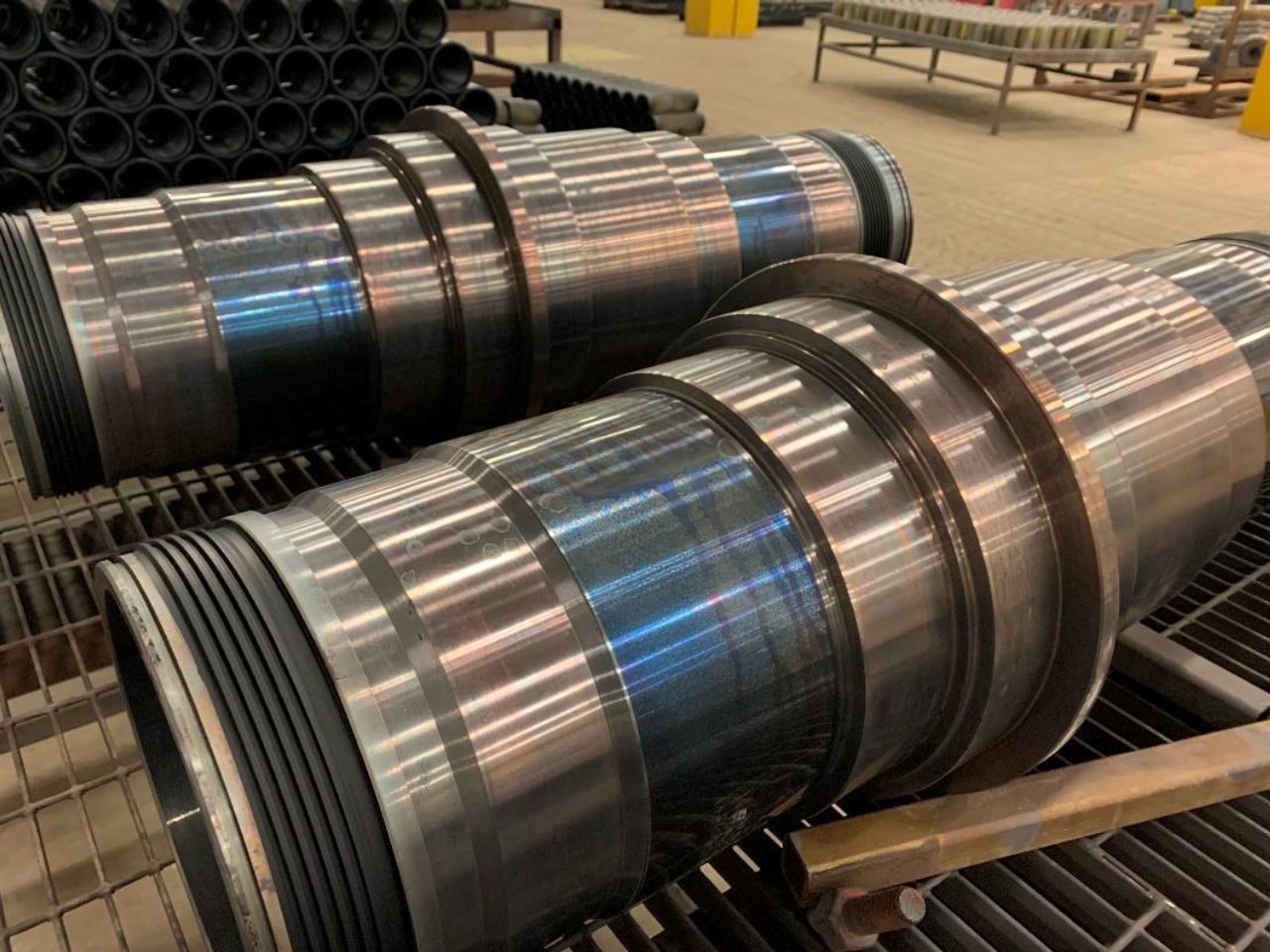
Interested in Solid Film Lubricants For Your Next Project?
Integrated Protective Coatings is the industry leader in the coatings application market. Our reputation is based on our superior products which have been used in some of the harshest environments in the world and the unparalleled level of industry experience and quality assurance we offer our customers.
If you are interested in solid film lubricants or another IPC protective coating product, please contact our engineering team or call +1 800-856-4959. You can also find more information about our coating facility or process on our website.
